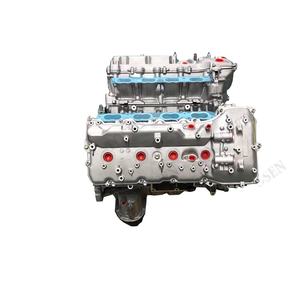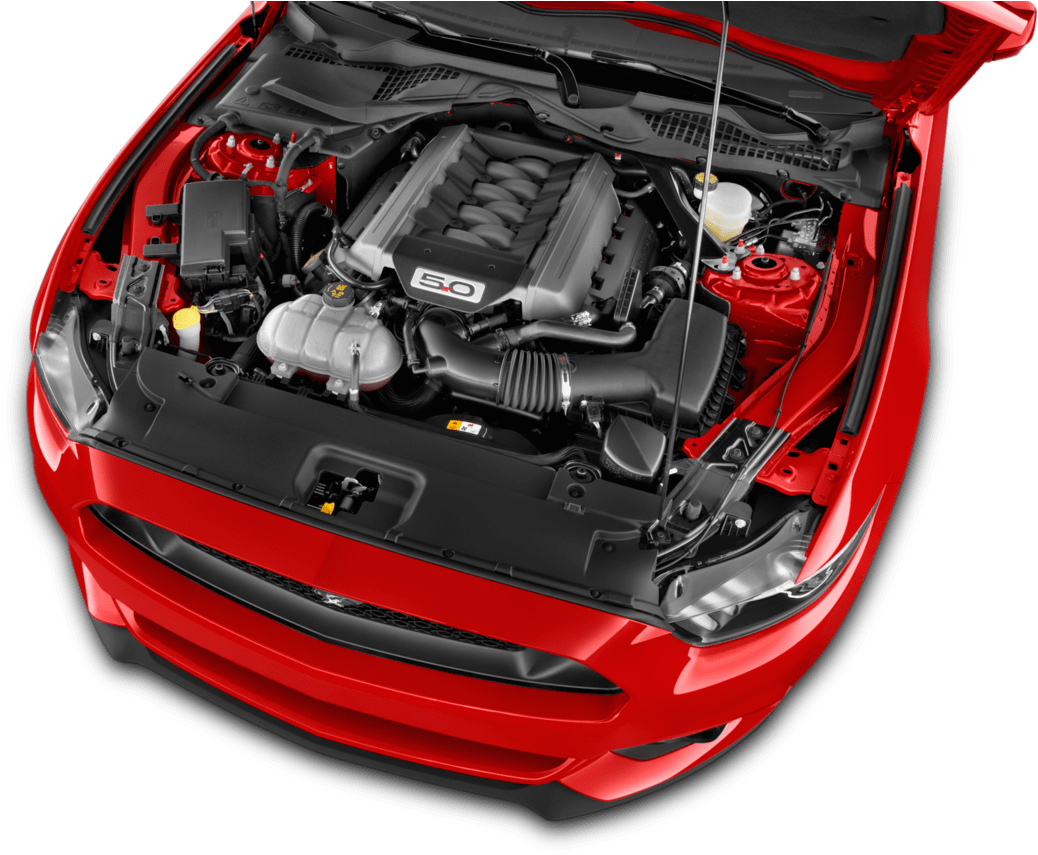The Benefits of Using Import Engines for Lorry Fixes
The Benefits of Using Import Engines for Lorry Fixes
Blog Article
Discovering the current Technological Developments in Import Engines and Just How They Enhance Driving Experience
In the world of auto engineering, the landscape of import engines is going through a profound makeover driven by innovative technological developments. From the advancement of turbocharged engines to the assimilation of crossbreed modern technology, the most up to date developments are changing the driving experience in means previously inconceivable. As import suppliers press the boundaries of efficiency and efficiency through boosted gas injection systems and innovative engine management remedies, the inquiry develops: Just how do these innovations genuinely influence the method we engage with our lorries when traveling?

Advancement of Turbocharged Engines
In the auto industry, the evolution of turbocharged engines has actually considerably changed the landscape of efficiency and efficiency. Turbocharging, when mostly seen in high-performance cars, has currently end up being a mainstream modern technology embraced by a variety of lorries, from portable hatchbacks to luxury cars. The basic principle behind a turbocharged engine is simple yet effective - forcibly even more air right into the combustion chamber, it allows more fuel to be melted, leading to boosted power result.
Among the vital benefits of turbocharged engines is their ability to deliver even more power from smaller sized, much more fuel-efficient engines. This downsizing trend has resulted in a reduction in exhausts without jeopardizing performance, making turbocharging an appealing option for car manufacturers making every effort to fulfill strict ecological policies. Turbocharged engines supply boosted torque at lower RPMs, giving vehicle drivers with a more responsive and dynamic driving experience.
As modern technology remains to breakthrough, we can expect more innovations in turbocharging, causing also greater levels of performance and effectiveness in the automotive industry.
Innovations in Fuel Injection Solutions
Modern fuel shot systems have actually developed to supply fuel extra effectively and precisely into the engine cylinders, enhancing overall engine efficiency and gas efficiency. One of the essential advancements in gas shot systems is the shift from conventional port fuel shot (PFI) to even more advanced direct fuel injection (DFI) modern technology.
Moreover, the assimilation of digital control systems (ECUs) and sensors in fuel shot systems has actually permitted real-time adjustments to fuel delivery based on numerous elements such as engine lots, temperature level, and driving conditions. This degree of precision makes sure ideal fuel-air blend proportions, making the most of engine efficiency while minimizing gas usage and exhausts. Additionally, innovations in gas injector style, products, and spray patterns have actually added to cleaner burning and smoother engine operation. Finally, the constant innovations in gas injection systems play a crucial role in enhancing driving experience by supplying improved performance, fuel economy, and environmental friendliness.
Assimilation of Hybrid Technology
The evolution of fuel shot systems in the direction of better efficiency and performance has actually established the stage for the seamless assimilation of crossbreed technology right into modern engines. Crossbreed innovation integrates making use of standard internal combustion engines with electrical propulsion systems, supplying boosted fuel performance and minimized emissions. By integrating electrical motors and batteries into the powertrain, crossbreed engines can supplement the interior burning engine during acceleration or low-speed driving, consequently improving general efficiency.

Improved Engine Management Equipment
What are the key improvements in engine monitoring systems that are enhancing the performance and effectiveness of contemporary engines? Engine administration systems have actually gone through considerable improvements to optimize engine performance and find more information efficiency. One key development is the integration of advanced sensors that continuously check different criteria such as engine temperature level, air-fuel ratio, and exhaust discharges. These sensing units provide real-time information to the engine control system (ECU), allowing for accurate changes to be made to maximize combustion procedures and gas performance.
Furthermore, modern-day engine monitoring systems utilize sophisticated formulas and expert system to assess the information accumulated by sensing units and make dynamic modifications to variables such as ignition timing, gas shot, and turbocharger increase pressure. This level of precision and flexibility lead to enhanced engine responsiveness, increased power outcome, and minimized fuel intake.
In addition, engine administration systems currently include sophisticated diagnostic capacities that can find and resolve problems such as misfires, sensor breakdowns, and fuel system abnormalities in real-time, thus boosting total engine dependability and durability. These developments in engine management systems play an important role in enhancing the driving experience by delivering ideal efficiency, fuel effectiveness, and integrity.
Impact of Lightweight Materials
Including light-weight materials in engine production has reinvented the automotive sector's strategy to improving fuel effectiveness and efficiency. The use of products such as carbon fiber, aluminum, and titanium has actually substantially decreased the general weight of engines, resulting in boosted power-to-weight ratios and increased fuel economic situation. These lightweight materials provide a greater strength-to-weight proportion contrasted to typical products like steel, enabling better sturdiness without compromising efficiency.
Among the crucial benefits of making use of light-weight materials in engine building and construction is the decrease of inertia, leading here are the findings to quicker engine feedback times and improved general automobile dexterity. Additionally, the lighter weight adds to decrease energy consumption, making automobiles extra eco-friendly by minimizing exhausts.
Moreover, the application of light-weight products in engine elements such as pistons, connecting rods, and crankshafts has actually made it possible for designers to press the boundaries of efficiency without compromising integrity (import engines). This advancement has actually paved the means for extra efficient and effective engines that deliver a superior driving experience while meeting rigorous exhausts criteria
Conclusion
Finally, the most recent technological technologies in import engines have dramatically boosted the driving experience. From the development of turbocharged engines to innovations in fuel shot systems, integration of hybrid innovation, boosted engine management systems, and making use of light-weight products, these innovations have collectively improved efficiency, gas performance, and total driving characteristics. As technology continues to breakthrough, we can anticipate much more amazing developments in the future of import engines.
Modern fuel shot systems have advanced to provide gas much more efficiently and precisely into the engine cyndrical tubes, enhancing overall engine performance and gas efficiency - import engines. By incorporating electric motors and batteries into the powertrain, crossbreed engines can supplement the interior combustion engine throughout velocity or low-speed driving, thus enhancing general performance
What are the vital developments in engine management systems that are improving the efficiency and over here performance of modern-day engines? Engine administration systems have gone through significant advancements to maximize engine efficiency and efficiency. From the development of turbocharged engines to innovations in gas shot systems, integration of hybrid innovation, improved engine administration systems, and the use of light-weight products, these innovations have collectively improved efficiency, gas efficiency, and general driving characteristics.
Report this page